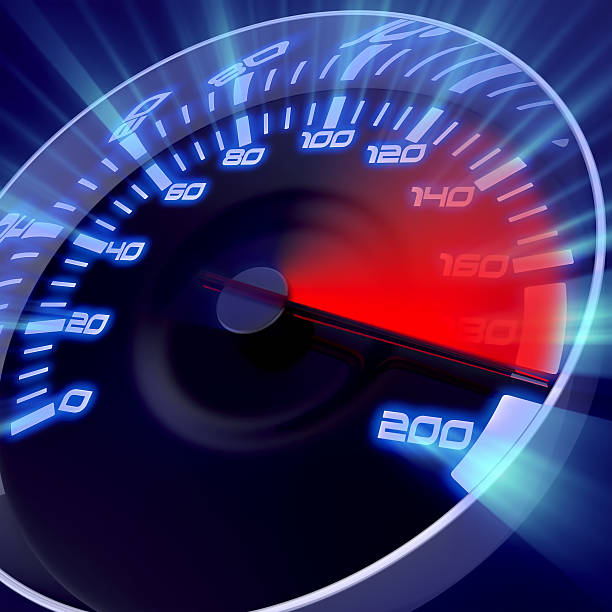
eCommerce 2.0: Accelerating Your Channel
You set up a B2B transactional website. Check. Your eCommerce channel is driving more orders than you forecasted. Check, and check! What’s next? eCommerce 2.0. As tech-savvy NASDAQ defines it: “The rise of eCommerce 2.0 means that brands can…leverage smarter and more streamlined eCommerce solutions to find more efficient ways to sell.” In short, it is making the experiences for your B2B end-user customers (as well as your internal service team) ones that are easier, better, and more efficient.
We recently interviewed several B2B experts about eCommerce 2.0 on our “B2B Bits & Bytes” podcast. While there are many possible topics, four resonated most with our Xngage audiences of CIOs, CTOs, CMOs and eCommerce professionals: Strategy, User Experience (UX), Execution and Marketing. They are covered here, but for more in-depth examples (from actual B2B practitioners like you) head to our Xngage website to hear these podcasts for yourself.
The heart of B2B eCommerce 2.0 is Strategy. It ties closely to your business objectives. Are you:
- Continuing to grow your business through eCommerce, increasing your sales revenue or margin?
- Increasing AOV (average order value) for eCommerce customers?
- Shifting your channel mix to decrease customer cost-to-serve expenses?
Knowing this helps you to choose the right strategic priorities for your organization AND your tech stack. At Xngage, we co-create sales, margin, acquisition, and retention strategies with our customers as well as recommend the technologies that support them. For example, if cross-merchandising is important to growing online revenue, then a product and merchandising strategy including a PIM (Product Information Management) system and a B2B eCommerce platform may be core to your investment approach.
With one-to-three-year Strategies in place, it’s time to gather insights, develop customer journey flow and create an enhanced User Experience (UX.) In the early stages of eCommerce growth, orders (and sales) are the priority. As the channel evolves, reorders take precedence. Does your UX provide a custom order guide for customers, helping them to find their “usual” items all in one place? Does your UX provide a mechanism for automatic reordering when inventory thresholds reach certain minimum levels? All eCommerce 2.0 UX initiatives should focus on saving steps and creating efficiencies for users. And if done well, a strong B2B-focused UX also helps sellers by allowing them the time to curate meaningful collections for their buyers – a 2-for-1 win when you elevate your UX focus.
With eCommerce 2.0, Execution becomes even more critical. In the research we conduct, we often find that simple process fixes can make the difference between abandoned carts and complete orders. This includes solutions to facilitate the sale, from credit pre-approvals to accurate inventory management. Some Xngage clients load inventory by location so that a buyer can research and select a distribution point closest to their point of need. And execution isn’t limited to placing orders. Sometimes it’s optimized order tracking, either through freight system integration or Uber-like “track-the-truck” technology. At its core, Execution is hyper operations-focused and helps take the friction out of the digital order process, just as any great, conscientious salesperson or customer service person would do.
The last stage of eCommerce 2.0 is Marketing. But it may be different than what you think. Marketing isn’t just banner ads and social media posts. Sometimes it’s choosing the right words on your website so search engines can recommend your website first and you build authority as a supplier. Other times it’s “solution selling” or suggesting items that typically are bought together and that add more items to the basket. Other times it’s providing an e-version of a safety data sheet that can be quickly shared with end users. And still other times it’s research, like asking users what they would like to see in their website experiences, so they have a stronger commitment to coming back.
All these eCommerce 2.0 areas – Strategy, User Experience, Execution, and Marketing – work together to help build a stronger, more trustworthy system. And whether you are driving new online marketplaces or simply looking for ways to reduce steps for current customers, when you design easier, better, and more efficient websites, it will help retain valuable customers.
Related Articles
Product and Catalog Configurators
At the core, “configurators” are quite simply guided selling tools. What B2B buyer wouldn’t want...Data-Led Decision Making in B2B eCommerce
Data-led? That’s one approach in the data decision-making process. We emphasize the term process...
Ready to Chat?
Share your story - we would love to help!
Whether you are ready to send out an RFP or you are just starting your digital transformation journey, we are here to assist you.